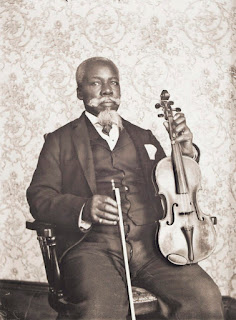Ambrose Paré:
The first is the glory of God. The second, his wrath. The third, too great a quantity of semen. The fourth, too small a quantity. The fifth, imagination. The sixth, the narrowness or smallness of the womb. The seventh, the unbecoming sitting position of the mother, who, while pregnant, remains seated too long with her thighs crossed or pressed against her stomach. The eighth, by a fall or blows struck against the stomach of the mother during pregnancy. The ninth, by hereditary or accidental illnesses. The tenth, by the rotting or corruption of the semen. The eleventh, by the mingling or mixture of seed. The twelfth, by the artifice of wandering beggars. The thirteenth, by demons or devils.(Quoted by Leslie Fiedler, Freaks: Myths & Images of the Secret Self)







